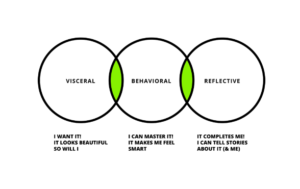Thirdly, behavioral factors come into play. We actually make the final decision about the product or design by considering these factors. Because these factors include issues such as functionality, usability, performance and experience. We come to a decision by experiencing the design or product and evaluating its performance and usefulness, and what emerges is that we actually find the design close or distant to ourselves."
"When we buy a product, we shouldn't just buy it because we instinctively like it. We should also pay attention to its functionality and usefulness. If we summarize briefly, it is the fact that our past life or cultural background actually contributes to your designs to a great extent. In this context, emotional design definitely occupies a very important area in the design process.



